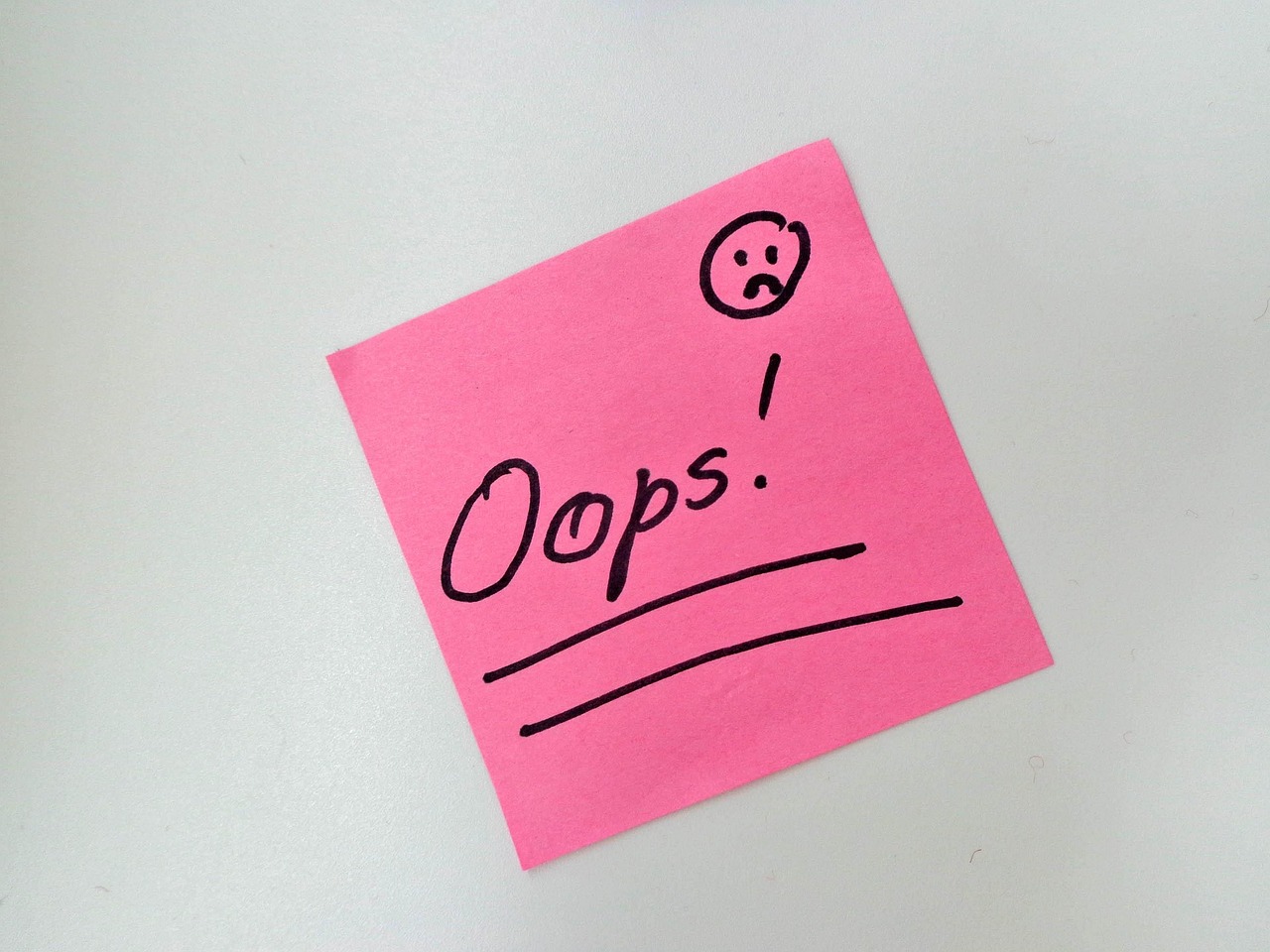
SAFE agreements (Simple Agreements for Future Equity) have become a go-to fundraising tool for startups. They’re faster, simpler, and often less intimidating than a full priced equity round. But while SAFEs can be a powerful way to bring in capital, founders often overlook details that can create legal or financial headaches later.
Here are the top three mistakes I see startup founders make when using SAFE agreements—and how you can avoid them.
1. Using a Form Meant for a Corporation When You’re an LLC
Most SAFE templates you find online—like those from Y Combinator—are drafted for Delaware corporations. If you’re an LLC, those forms don’t fit your structure.
Why this matters:
- Corporate forms reference concepts like “preferred stock” or “shares” that simply don’t exist in an LLC.
- Using the wrong form can create legal ambiguity, slow down a future conversion to a corporation, or even require you to re-paper the deal later.
Tip: If you’re an LLC, have a lawyer adapt the SAFE to your entity type—or consider whether now is the right time to convert to a corporation before raising funds.
2. Ignoring the Accredited Investor Requirement
Under U.S. securities laws, most SAFEs are offered under exemptions that require investors to be “accredited investors”.
Why this matters:
- If you sell a SAFE to someone who is not accredited without a valid exemption, you could be in violation of securities laws.
- That can mean rescission rights for the investor (forcing you to give their money back), fines, or worse.
- This issue can also derail a due diligence process in a future funding round or acquisition.
Tip: Before signing a SAFE, confirm your investor meets the accredited investor standard—usually based on income or net worth—and keep records of how you verified it.
3. Not Holding Signatures in Escrow Pending Receipt of Payment
Many founders get a SAFE signed, send it to the investor, and assume the money is on its way. But until the funds hit your account, the deal isn’t complete.
Why this matters:
- If you’ve already countersigned the SAFE but the investor doesn’t pay, you could end up in an awkward (and sometimes legally messy) position.
- In some cases, it can even limit your ability to raise from others.
Tip: Work with your lawyer or platform to hold your signature in escrow—meaning you don’t fully execute the agreement until the funds have cleared.
Bottom Line
SAFEs are simple in theory, but they’re still financial instruments—and that means there’s no room for sloppy execution. By using the right form for your entity, ensuring investor eligibility, and protecting yourself with proper payment procedures, you can raise capital with confidence and keep your future fundraising on track.
Disclaimer: This article is for informational purposes only and does not constitute legal advice or create an attorney-client relationship. It reflects general principles and may not include the latest developments in Illinois or other jurisdictions. You should consult with a qualified attorney for advice tailored to your situation.

